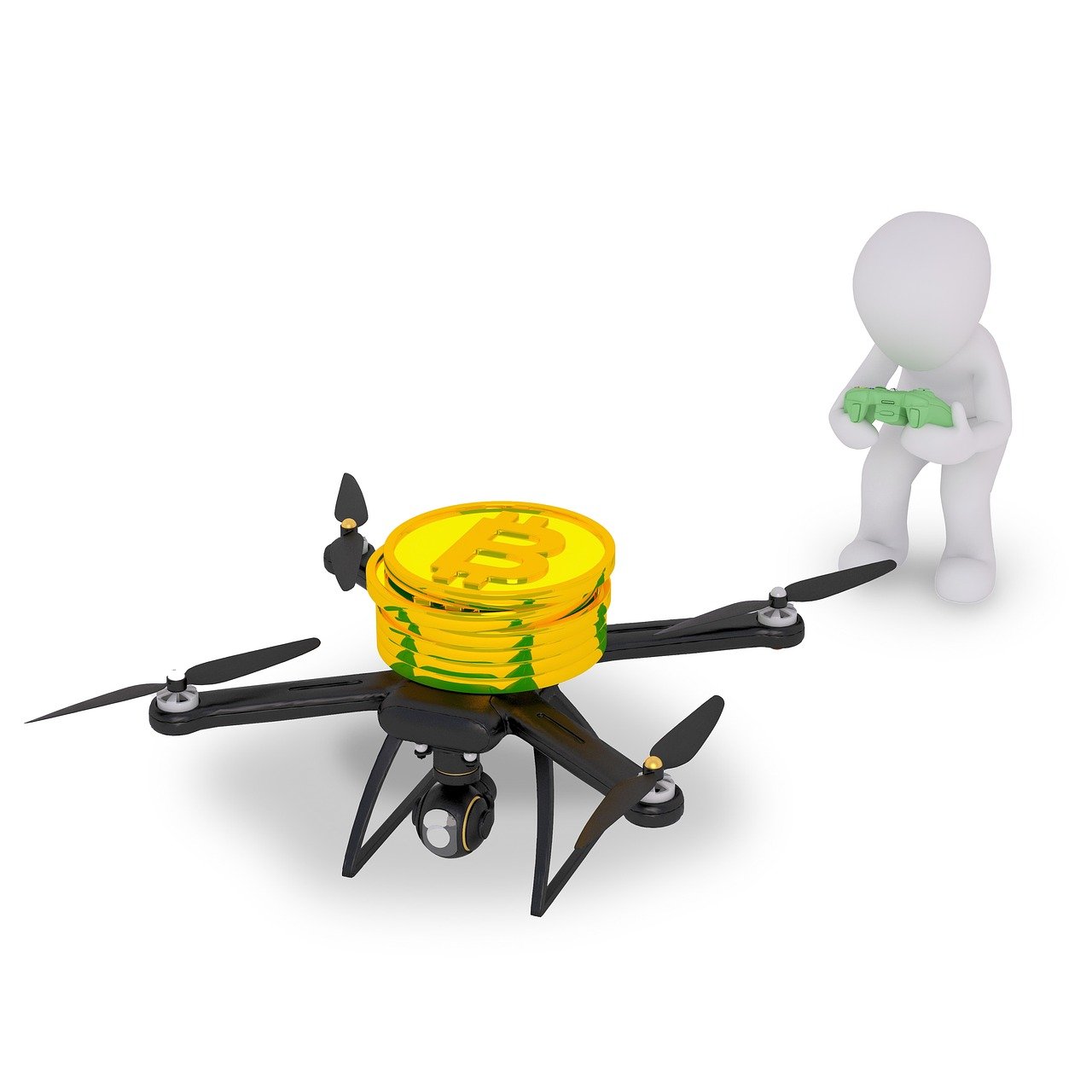Tokenization: The Key to Unlocking Data’s Potential
In today’s data-driven world, the ability to extract meaningful insights from vast amounts of information is paramount. One critical technique that enables this is tokenization. From natural language processing to financial security, tokenization is a fundamental building block. This blog post delves into the depths of tokenization, exploring its various facets, applications, and benefits.
What is Tokenization?
Defining Tokenization
Tokenization is the process of breaking down a larger string of text (or other data) into smaller units, known as tokens. These tokens can be words, phrases, symbols, or any other meaningful component. Think of it like dissecting a sentence into individual words or isolating individual dollar amounts within a complex financial transaction.
The Purpose of Tokenization
The core purpose of tokenization is to prepare data for analysis and processing. By breaking down complex information into manageable pieces, it becomes easier to:
- Analyze Text: Identify patterns, sentiment, and relationships between words.
- Process Data: Simplify complex data structures for computational tasks.
- Secure Sensitive Information: Replace sensitive data with non-sensitive tokens.
- Improve Search Functionality: Index and search content more efficiently.
Example of Tokenization
Let’s consider a simple sentence:
“The quick brown fox jumps over the lazy dog.”
A basic tokenization process would break this down into the following tokens:
- The
- quick
- brown
- fox
- jumps
- over
- the
- lazy
- dog
Tokenization in Natural Language Processing (NLP)
Why Tokenization Matters in NLP
In NLP, tokenization is a foundational step in preparing text data for various tasks, such as sentiment analysis, machine translation, and text classification. Without proper tokenization, algorithms struggle to understand the meaning and context of the text.
Types of Tokenization in NLP
- Word Tokenization: Splitting text into individual words. This is the most common type of tokenization.
- Sentence Tokenization: Dividing a document into individual sentences. This is crucial for understanding the flow of ideas.
- Subword Tokenization: Breaking words into smaller units (e.g., morphemes). This is particularly useful for dealing with rare words or words with complex morphology. Techniques like Byte Pair Encoding (BPE) and WordPiece fall into this category.
Practical Applications of NLP Tokenization
- Chatbots: Understanding user input to provide relevant responses.
- Machine Translation: Breaking down sentences for accurate translation.
- Sentiment Analysis: Identifying positive, negative, or neutral sentiment in text.
- Search Engines: Indexing and retrieving relevant documents based on search queries.
Tokenization for Data Security
Tokenization vs. Encryption
While both tokenization and encryption are used to protect sensitive data, they work differently. Encryption transforms data into an unreadable format that can only be decrypted with a key. Tokenization, on the other hand, replaces sensitive data with non-sensitive tokens. The original data is stored securely in a separate vault.
Benefits of Tokenization for Security
- Reduced Risk of Data Breaches: Tokens are non-sensitive and useless to attackers if intercepted.
- Compliance with Regulations: Tokenization helps meet data security requirements like PCI DSS and GDPR.
- Improved Data Usability: Tokens can be used in various applications without exposing sensitive data.
- Cost Savings: Reduced scope for compliance audits and security measures.
Examples of Security Tokenization
- Payment Card Information (PCI): Replacing credit card numbers with tokens to protect against fraud.
- Personal Identifiable Information (PII): Tokenizing names, addresses, and social security numbers to protect privacy.
- Healthcare Data: Protecting patient records by tokenizing sensitive medical information.
Tokenization Techniques in Security
- Vaulted Tokenization: The most common method, where original data is stored in a secure vault.
- Vaultless Tokenization: Tokenization without a secure vault. Algorithms derive the token and sensitive data from each other.
Implementing Tokenization: Tools and Libraries
NLP Tokenization Libraries
- NLTK (Natural Language Toolkit): A comprehensive Python library for NLP tasks, including tokenization.
- spaCy: A fast and efficient Python library for advanced NLP tasks, including tokenization.
- Hugging Face Transformers: A library providing pre-trained models and tools for various NLP tasks, including tokenization with different subword tokenization strategies like WordPiece and BPE.
Security Tokenization Platforms and APIs
- VGS (Very Good Security): A data security platform that provides tokenization and other security services.
- Basis Theory: A platform offering tokenization and other privacy-enhancing technologies.
- AWS CloudHSM: A hardware security module (HSM) service that can be used for secure key management for tokenization processes.
Tokenization Considerations
When implementing tokenization, consider the following:
- Performance: Choose a tokenization method and library that is efficient for your specific use case.
- Accuracy: Ensure that the tokenization process accurately breaks down data into meaningful tokens.
- Security: Implement robust security measures to protect the original data and the tokenization process.
- Scalability: Choose a tokenization solution that can scale to meet your growing data needs.
Conclusion
Tokenization is a versatile and powerful technique with applications across various domains. Whether you’re processing natural language, securing sensitive data, or improving search functionality, understanding tokenization is crucial. By carefully selecting the right methods and tools, you can unlock the full potential of your data while protecting it from unauthorized access. The benefits of implementing a solid tokenization strategy are clear: enhanced data analysis, improved security, and compliance with stringent regulations. Embrace tokenization to transform raw data into valuable insights and safeguard sensitive information effectively.



